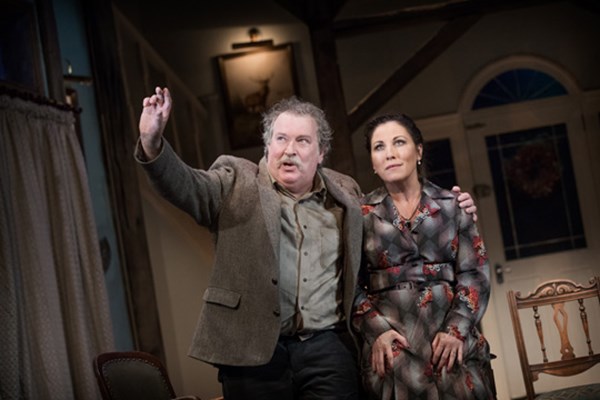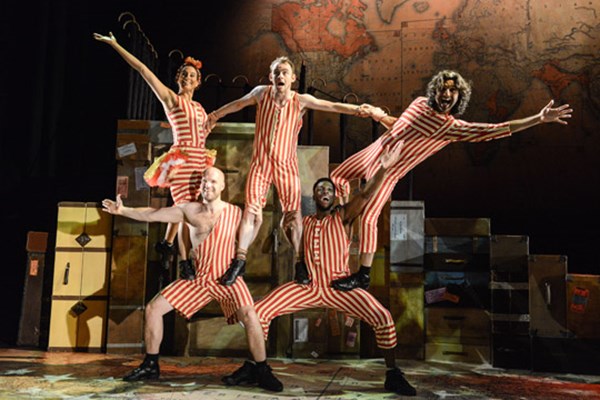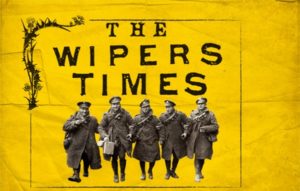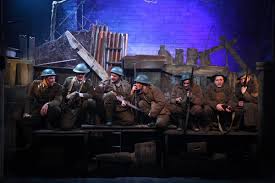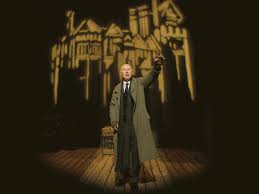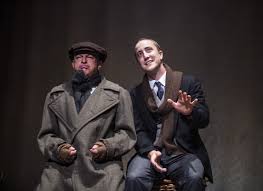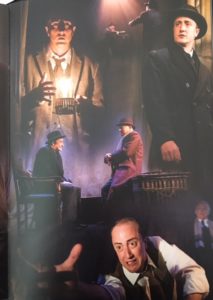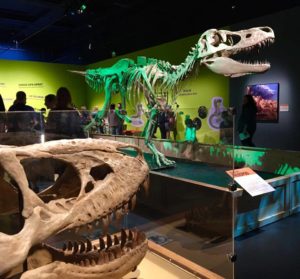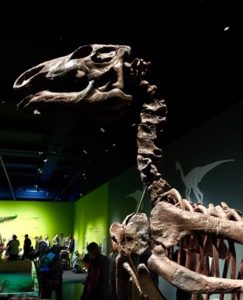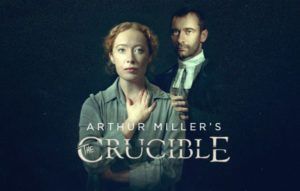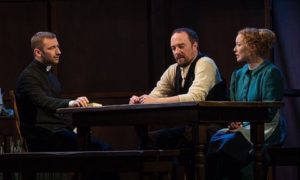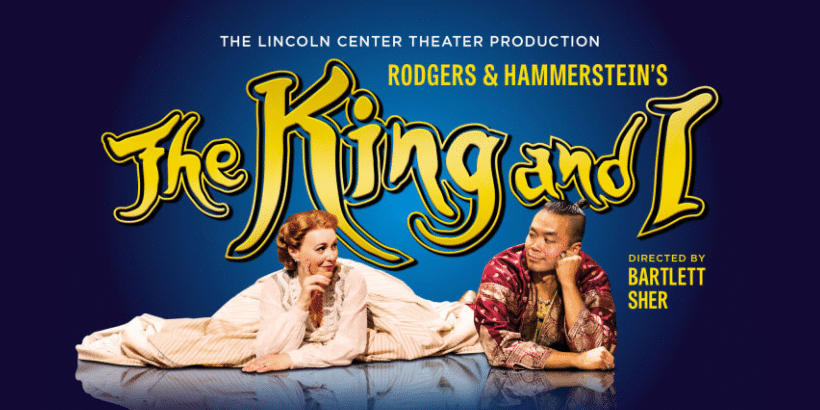
 (4 / 5)
(4 / 5)
This is the first time I have been to the theatre since lockdown and this was a most wonderful reintroduction. There is nothing that compares to live theatre and this opportunity did not disappoint and I would certainly recommend this musical to everyone.
When composer Richard Rodgers and lyricist-dramatist Oscar Hammerstein teamed up they became the greatest musical partnership of all time. Their influence and innovation to theatre musicals has been celebrated the globe over.
This production of The King and I comes to Cardiff following a critically-acclaimed season at The London Palladium where it was no surprise that it was a sell out!
From curtain up the audience was transported and transfixed to another world far from the mundane. For many the bench mark for this elaborate musical is the 1956 film with screen performances of Deborah Kerr (Anna) and Yul Brynner (King Mongkut).
The West End’s Annalene Beechey and Broadway’s Darren Lee did not disappoint with their interpretation and performances that transported us to the Siam of Margaret Landon’s novel Anna and the King of Siam on which the musical is based.
The story follows Anna, a widow, and her son as they travel to Bangkok, where Anna has been assigned as a tutor to the King’s children. Anna soon finds herself having cultural clashes and differences with the King whilst endearing herself to both the children and the king’s many wives.
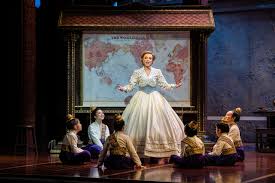
The Royal children were a delight, completing the illusion of being in a far country at a different time.
There are also the side stories of star crossed lovers and references to slavery. These must be viewed in context but the female narrative cannot be ignored and gives additional depth to the story as a whole.

The stand out actor for me was Caleb Lagayan, who excelled as a truly believable Prince Chulalongkorn. His voice was powerful, captivating and commanded the stage.
From the golden age of musicals, The King and I is one of the greatest, with what many would consider one of the finest scores ever written.
Many in the audience seemed to genuinely find it difficult not to sing along to the familiar songs including Whistle a Happy Tune and Shall We Dance.
Tony Award-winning director Bartlett Sher and his internationally renowned creative team created the atmosphere of old Siam. The wonderful full-scale orchestra led by Christoper Munday, must be given credit for keeping us spell bound all evening, even before the curtain rose.
A truly memorable evening I would recommend to everyone.


 (5 / 5)
(5 / 5)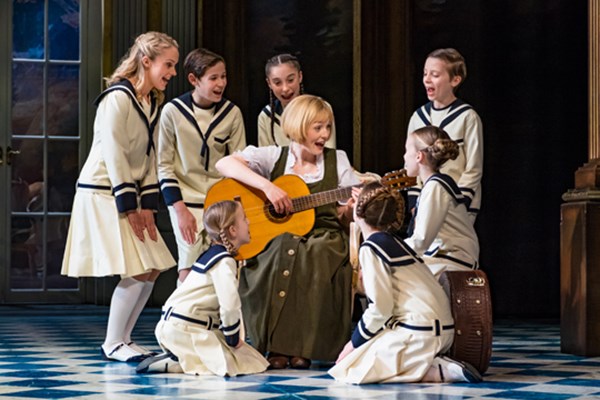

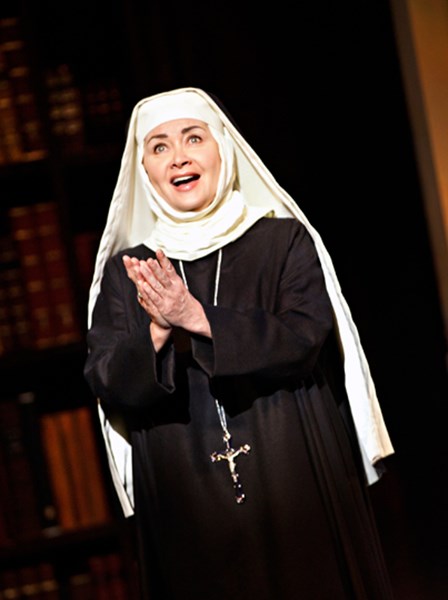
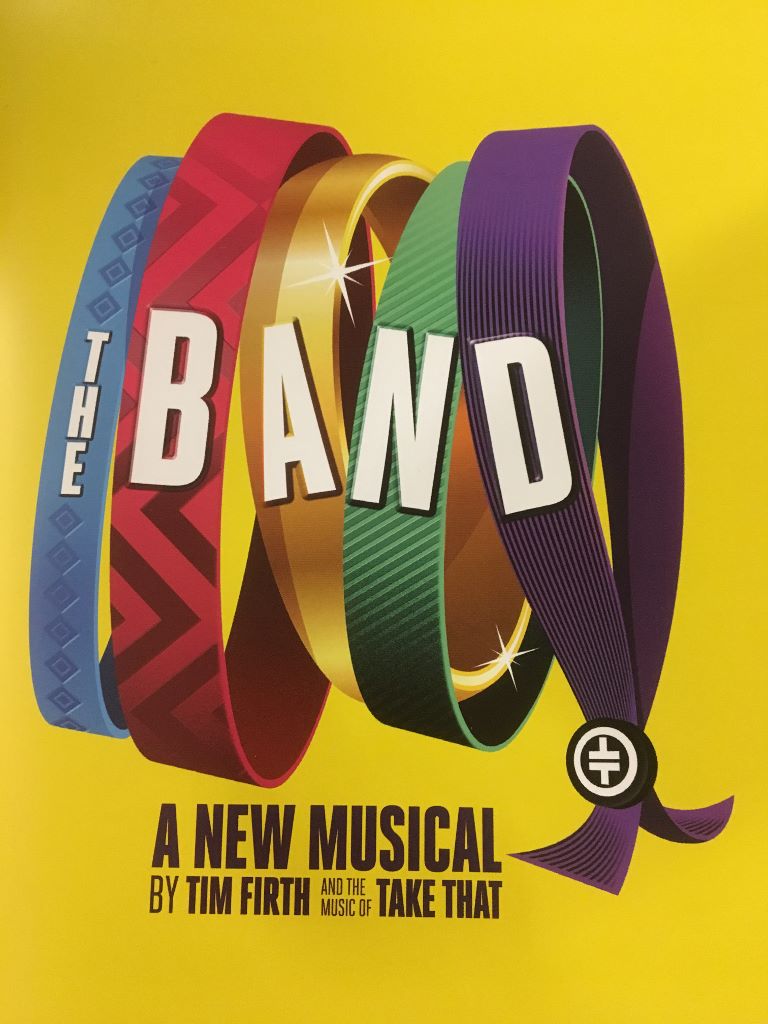




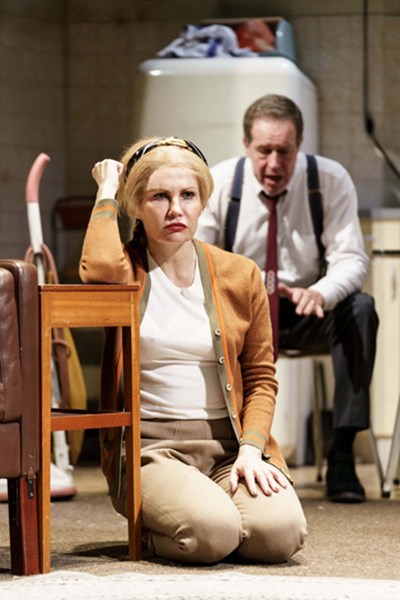
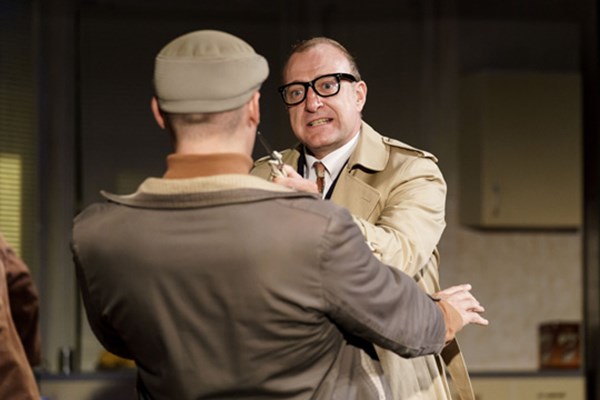
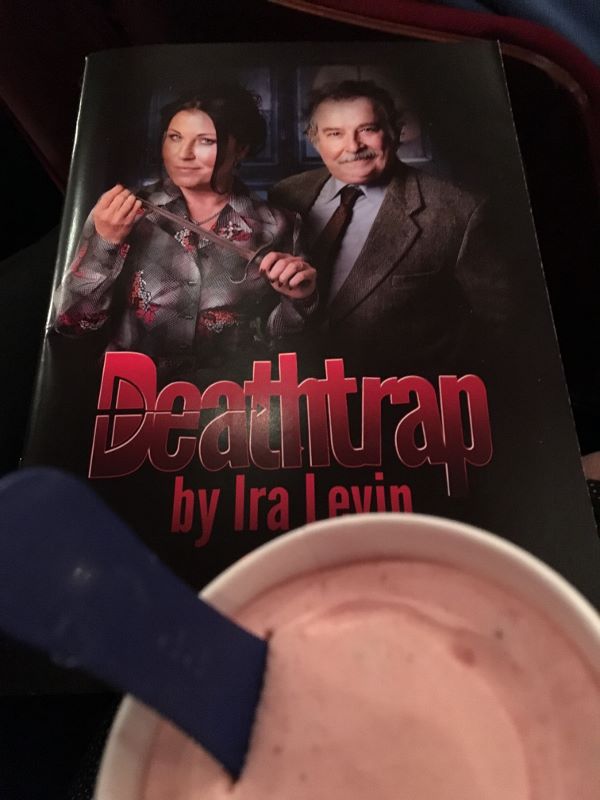
 (2 / 5)
(2 / 5)